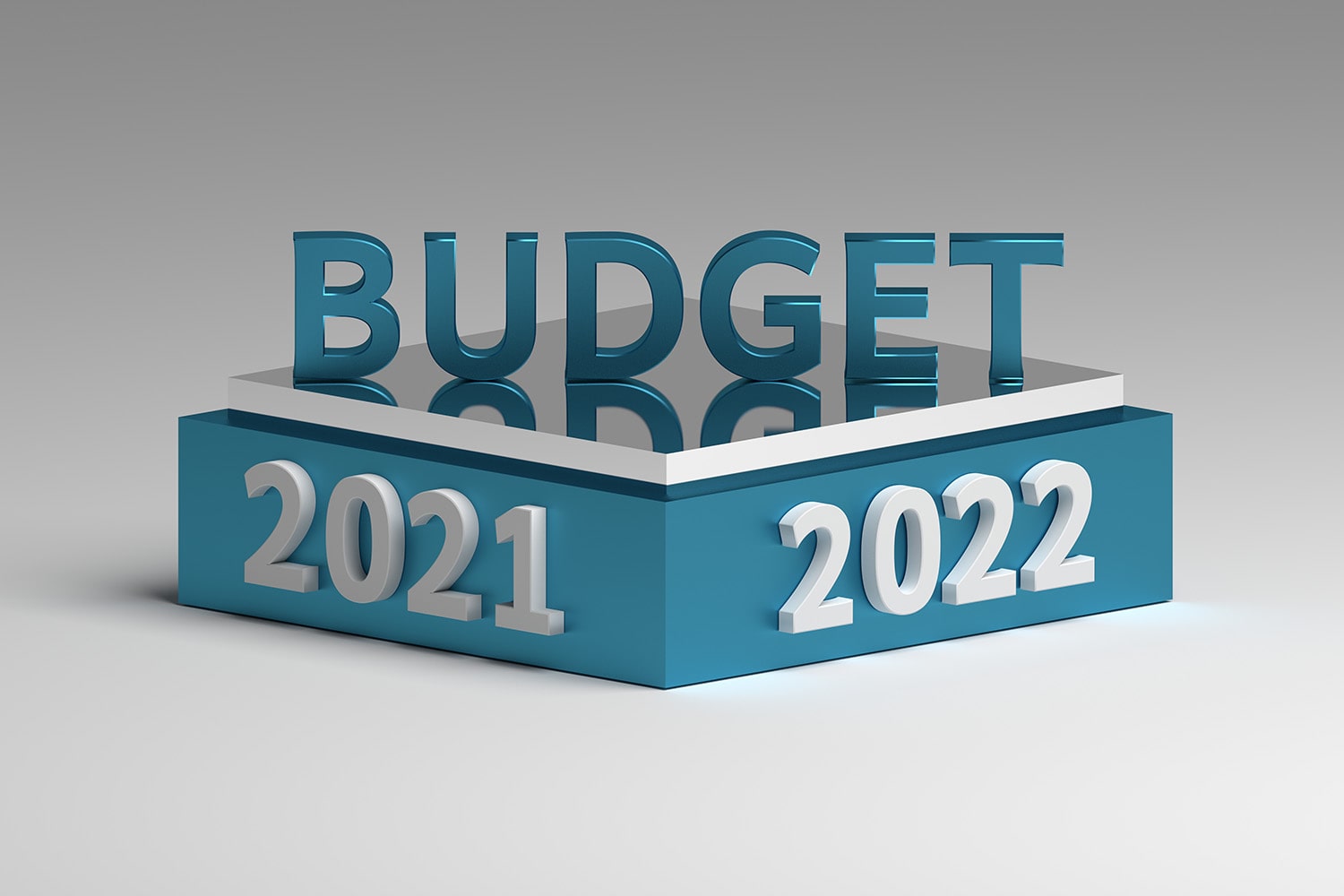On 11 May 2021, Treasurer Josh Frydenberg announced the Government’s Federal Budget for the 2021/22 year and here are some of the key migration policies that may affect you.
As Australia and the world come to terms with the COVID-19 pandemic, the present Budget is underpinned by Government assumption that our international borders will not reopen before mid-2022.
Net overseas Migration Numbers
The Budget noted that Net Overseas Migration (NOM) is predicted to fall from around 154,000 people in the 2019-2020 year to around -72,000 people by the end of 2020-2021, however it is expected to gradually increase to around 201,000 people by 2023-2024.
Overall planning levels
The Government will maintain the 2021-22 Migration Program planning level at 160,000. This is a ceiling rather than a target. Temporary visas are not included and are demand driven.
Skilled visas – Around 50% of the total 160,000 program will be dedicated to skilled visas and giving priority to highly skilled migrants in the employer sponsored, Business Innovation and Investor Program and Global Talent visa categories.
Family and Skilled stream – Places will be maintained at their 2020-21 planning levels, with a continued focus on onshore visa applicants to reduce the onshore Partner visa application pipeline.
Family visas – The number of places available will be set at 77,300 places for 2021-22.
Humanitarian Program – Places will be maintained at 13,750 places in 2021-22.
Global Talent Visas – The Australian government has committed $550 million to attract talent and business from overseas to Australia as part of the Global Talent visa program. The ATO will provide fast-track tax advice to foreign investors and individual tax residency rules will be simplified to increase the attractiveness of Australia for highly skilled individuals and innovative businesses looking to come to Australia.
Other
Sponsored Temporary Parent Visas – The validity period for Sponsored Parent (Temporary) visas will be extended by 18 months for individuals who are unable to use their visas due to COVID-19 travel restrictions.
Temporary Visa Holders – Temporary visa holders in Australia looking to apply for the Temporary Work (subclass 408) ‘COVID-19’ visa will no longer need to demonstrate their attempts to depart Australia if they intend to undertake work in the agricultural sector.
The period in which a temporary visa holder can apply for the Temporary Work (subclass 408) ‘COVID-19’ visa has also been extended from 28 days prior to their visa expiry to 90 days prior to their visa expiry.
Student Visa Holders – The student visa holders will temporarily be permitted to work for more than 40 hours per fortnight if they are working in the tourism or hospitality sectors.
Pacific labour mobility – Pacific workers already in Australia will continue to have their visas extended until April 2022.
Supporting migrant and refugee women – Funding to improve migrant and refugee women’s safety and a pilot program to support temporary visa holders experiencing family violence to explore visa options that are not reliant on their partner.
Funding to clear the migrant and refugee appeals backlog – Funding over four years to help clear the backlog in migration and refugee cases at the Administrative Appeals Tribunal (AAT).
Immigration Detention – Further funding to increase the capacity of the onshore Immigration Detention Network.
Adult Migrant English Program – New delivery model for the Adult Migrant English Program from 1 July 2023 to improve English language.
New Australians to wait four years to access government welfare
Under the Newly Arrived Resident’s Waiting Period, those granted Permanent Residency to Australia after 01 January 2022 will now have to wait 4 years before being able access any government welfare payments.






